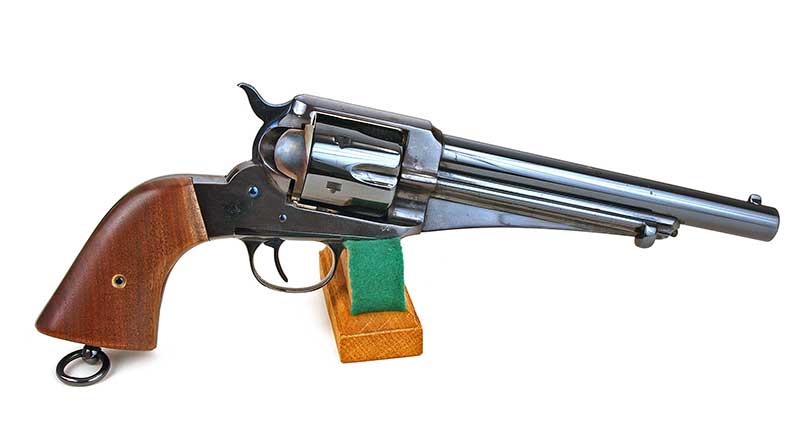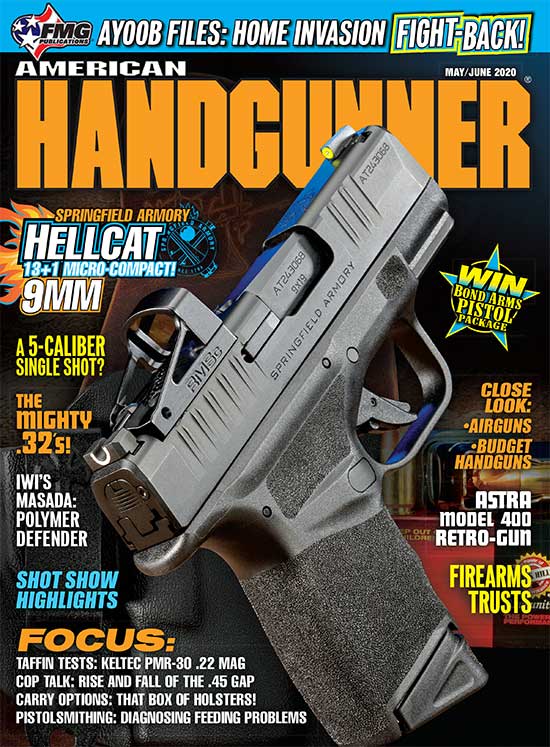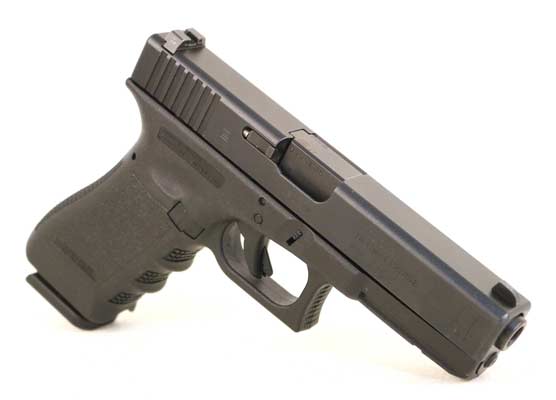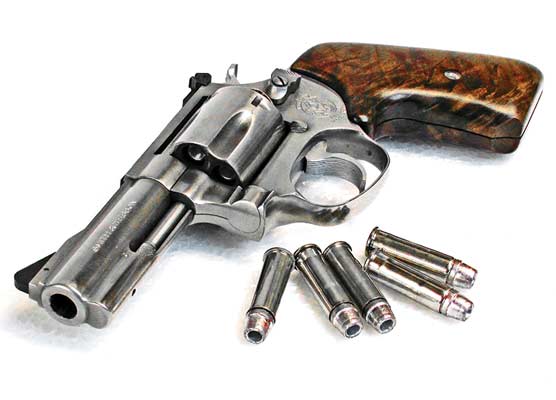Slip-Ups And Blunders
With my writing career nearing 50 years (full time since 1981) with over 2,000 printed features and columns I’m bound to have made mistakes. I’m talking not of mistakes in opinions. Those can modify or change entirely with age and experience. I’m talking about mistakes of facts.
There was a pretty good one in my column in the Nov/Dec 2019 Handgunner. I stated Remington’s Model 1875 revolver had not been chambered as a .45 except for a “few for government trials.” I was wrong on two points. The more minor one was saying “few” without double checking my sources. Actually there was only one .45 sent to the U.S. Army. It was chambered for the then-standard .45 Government, aka .45 S&W, aka .45 Schofield. However, its chambers were bored straight through so longer .45 Colt rounds would also chamber. The Army officers testing that .45 sample liked it, but no orders to Remington followed. My bigger mistake was saying Model 1875 .45’s had not been made otherwise. Mostly my statement was based on an original Remington catalog dated 1877 and my own observations at dozens of antique gun shows.
Thanks to reader Daniel Pozerak of Michigan I’ve been hereby corrected. He sent me documentation that Remington actually did make .45’s to the tune of hundreds (exact number unknown). These had mostly been ordered by the Mexican Government, chambered for .45 U.S. Government and fitted with 71/2″ barrels. He also enclosed a copy of a Remington advertisement dated 1882 saying the Model 1875 was available in chamberings of .44 Remington, .44 Winchester and .45 Government. Thanks for this info, Dan!
Mistakes Galore!
Here’s another boo-boo of mine. Several times over the decades I’ve written, although Colt’s 3rd Generation Single Action Army revolvers have mostly been caliber-stamped, .38-40 originals never were marked so. I said they were all marked “.38 W.C.F.” I discovered this was wrong when a friend handed me his late 1st Generation SAA marked .38-40 exactly like the new 3rd Generation ones. I’m not sure when the caliber stamping was changed. I have one with a factory letter saying it was shipped in 1926. It’s marked “.38 W.C.F.” on its barrel’s left side. An original Colt catalog I have dated 1935 says the SAA is available in “38-40 (.38 Winchester)”. So the change probably came somewhere in those nine years.
Here’s another example of a mistake you can enjoy celebrating with me. In his book History Of Smith & Wesson, author and S&W historian Roy Jinks said their .44 Special was developed in 1907 so it would hold 26 grains of black powder compared to 23 grains used in their 1872-introduced .44 Russian. As .44 Special fans know it was the introductory cartridge for the S&W Hand Ejector, 1st Model (Triplelock). Several times, I doubted in print the .44 Special had ever been loaded with black powder because its heavy fouling would have quickly tied up those Triplelocks’ finely fitted mechanisms.
I was proved wrong when another writer found black powder .44 Special factory cartridges listed in a 1916 Winchester catalog. And on this note I did more searching and found in the Ideal Handbook No. 28 dated 1926, Remington’s black powder .44 Special factory loads with 246-gr. lead bullets were rated at having 820 fps velocity from a 6″ barrel. I still think black powder would have tied up a triplelock in only a few rounds, but .44 Specials factory loaded with black powder indeed existed.
On More Oopsie
That was in copying previous writers in saying .45 Colt SAAs had 0.454″ barrel groove diameters in the 1st Generation and the dimension was changed to 0.451″ simultaneously with the introduction of the 2nd Generation in 1956. Nope. Not so. Never happened. Back in the 1990s I was given a 1922 factory spec sheet from the Colt factory. It said all their .45 barrels — .45 Auto and .45 Colt — were to measure 0.451″ minimum and 0.452″ maximum across their grooves. I have an SAA from 1926 and its barrel slugged 0.451″. Also, the 1926 Ideal Handbook No. 28 lists .45 Colt groove diameter as 0.452″ and .45 Auto as 0.451″.
So here’s my advice to future gun’riters. Don’t discount everything you read from us current ones. But check our facts for documentation. We might not know what we’re talking about!








